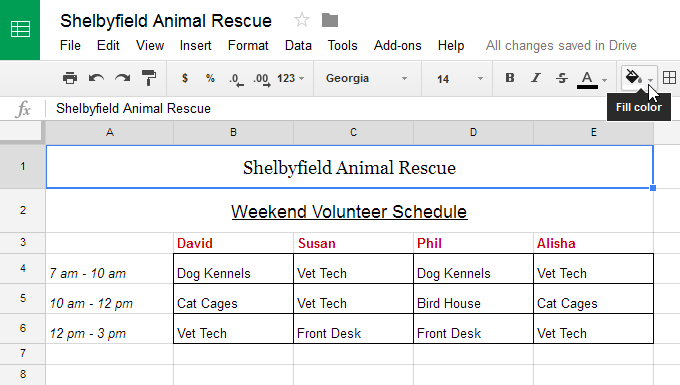
Now, create a custom formula within the Conditional Formatting rule to set the background color of all. IF(D4>C4,'Overdue','Ontime') This formula can be copied down to Row 12. First, create the IF statement in Column E. You can change the font options for the selected category of cells, including selecting a new background color from the Background Color list or a background pattern from the Background Pattern list. A cell can be formatted by conditional formatting based on the value returned by an IF statement on your Excel worksheet. In the Text Styles dialog, select the category of cells that you want to highlight from the Item to Change list. On the Format tab, in the Format group, choose Text Styles.

Select a Theme color, a Standard Color, or choose More Colors for additional options. On the Task tab, in the Font group, choose the down arrow on Background Color. To select multiple cells that appear consecutively in the list, select the first cell that you want to select, hold SHIFT, and then select the last cell in the list that you want. To select multiple cells that are not next to each other in the list, hold CTRL and select each cell that you want to highlight. In a sheet view, click the select that you want to highlight. You can highlight specific cells or you can highlight cells that meet certain criteria, such as milestone or external tasks.

In Project, you can highlight cells in a sheet view to display a different background color or pattern.
#Add cell background color word professional#
Project Online Desktop Client Project Professional 2021 Project Server Subscription Edition Project Professional 2019 Project Server 2019 Project Professional 2016 Project Server 2016 Project Professional 2013 Project Server 2013 Project 2010 Project Standard 2010 Project 2007 Project Server 2007 More.


 0 kommentar(er)
0 kommentar(er)
